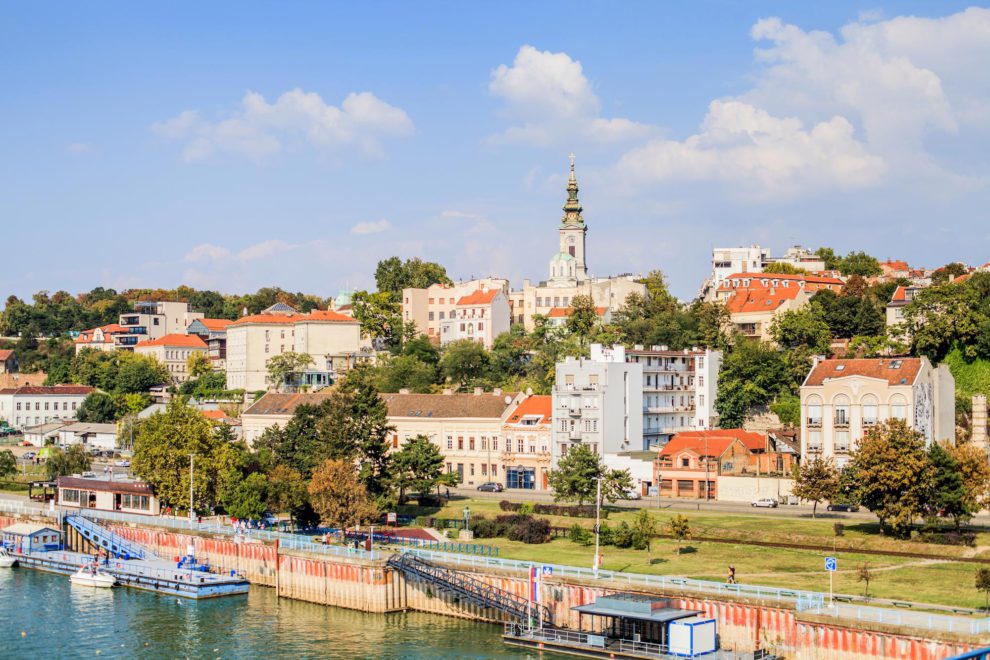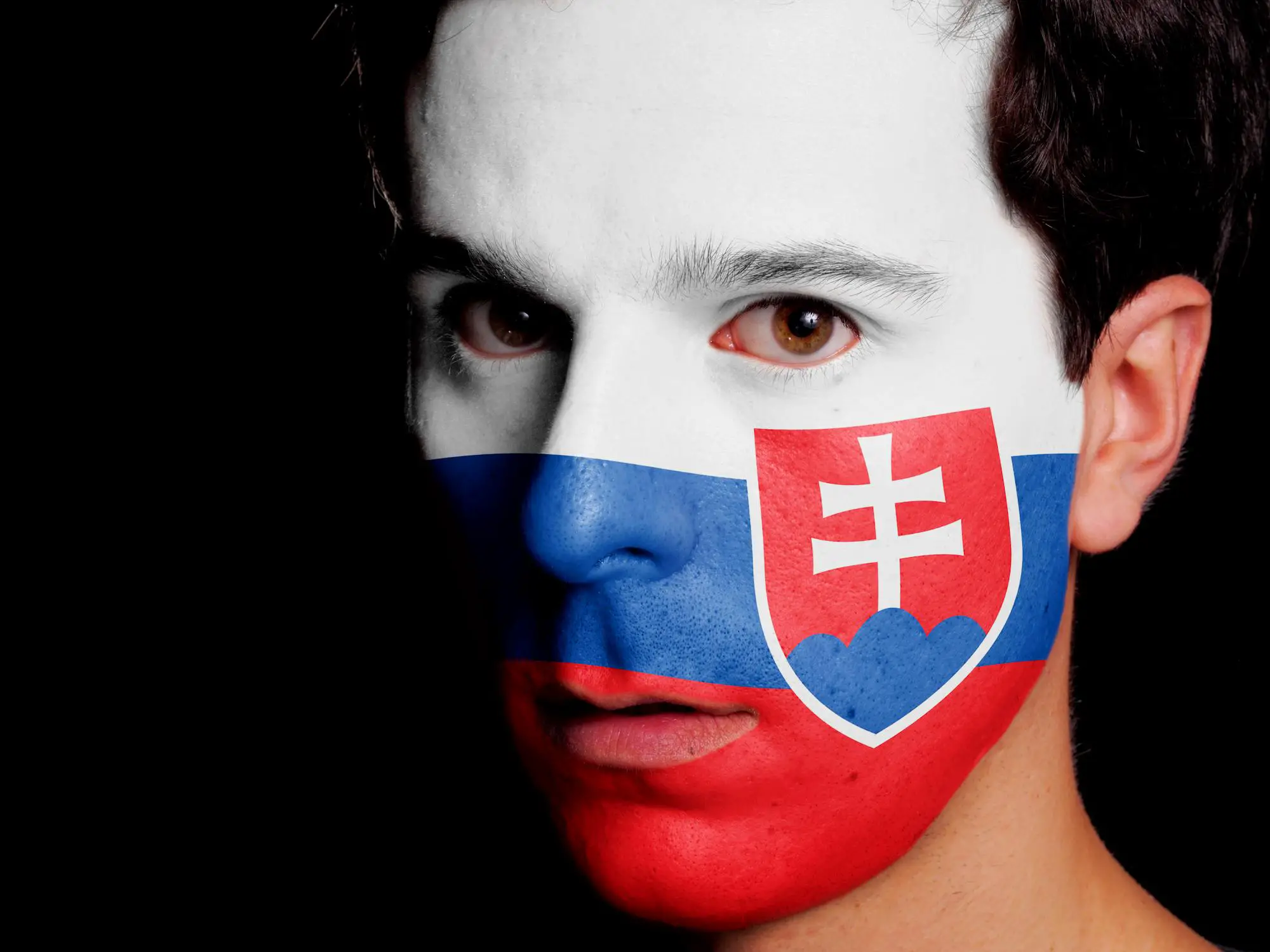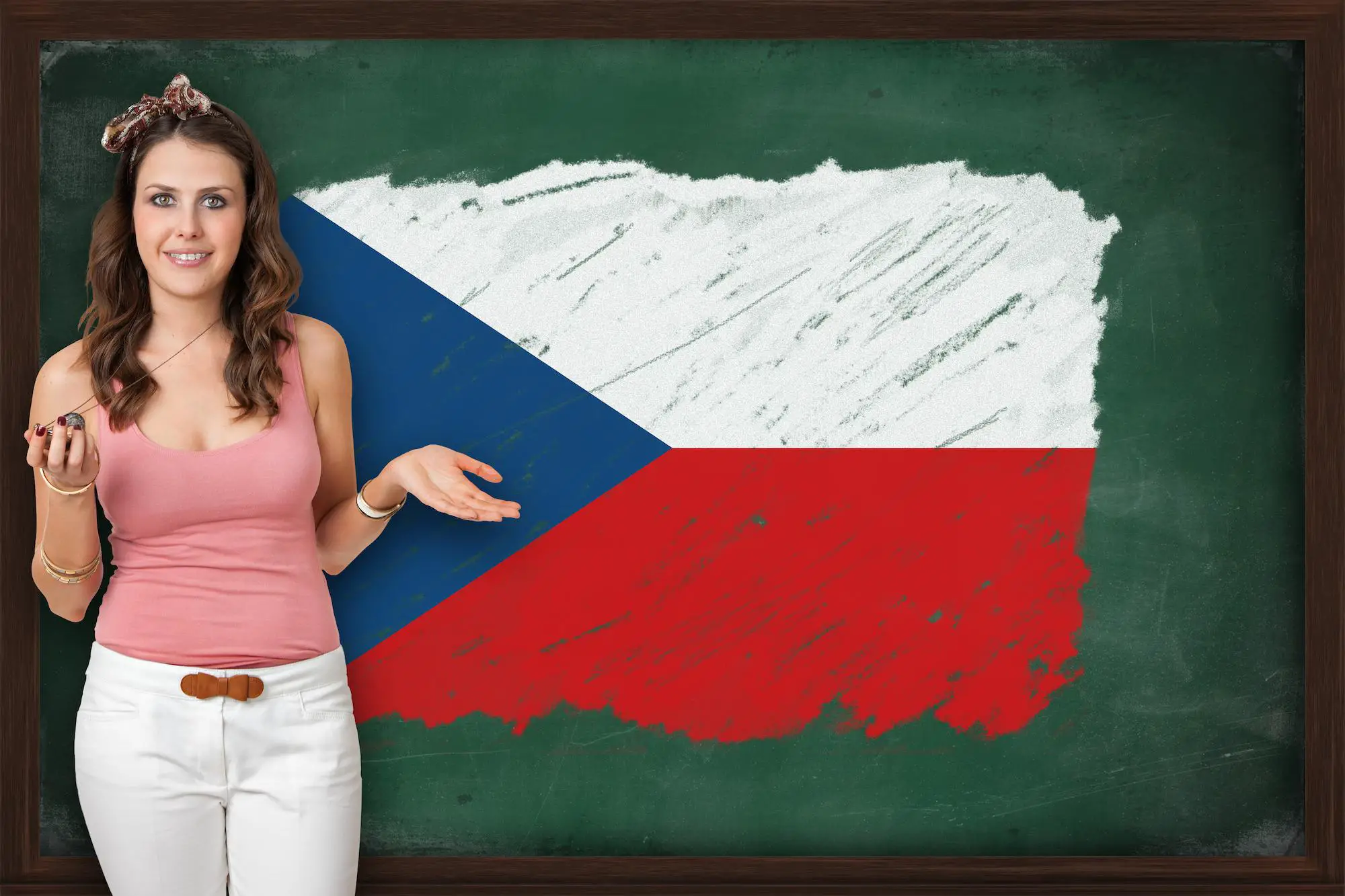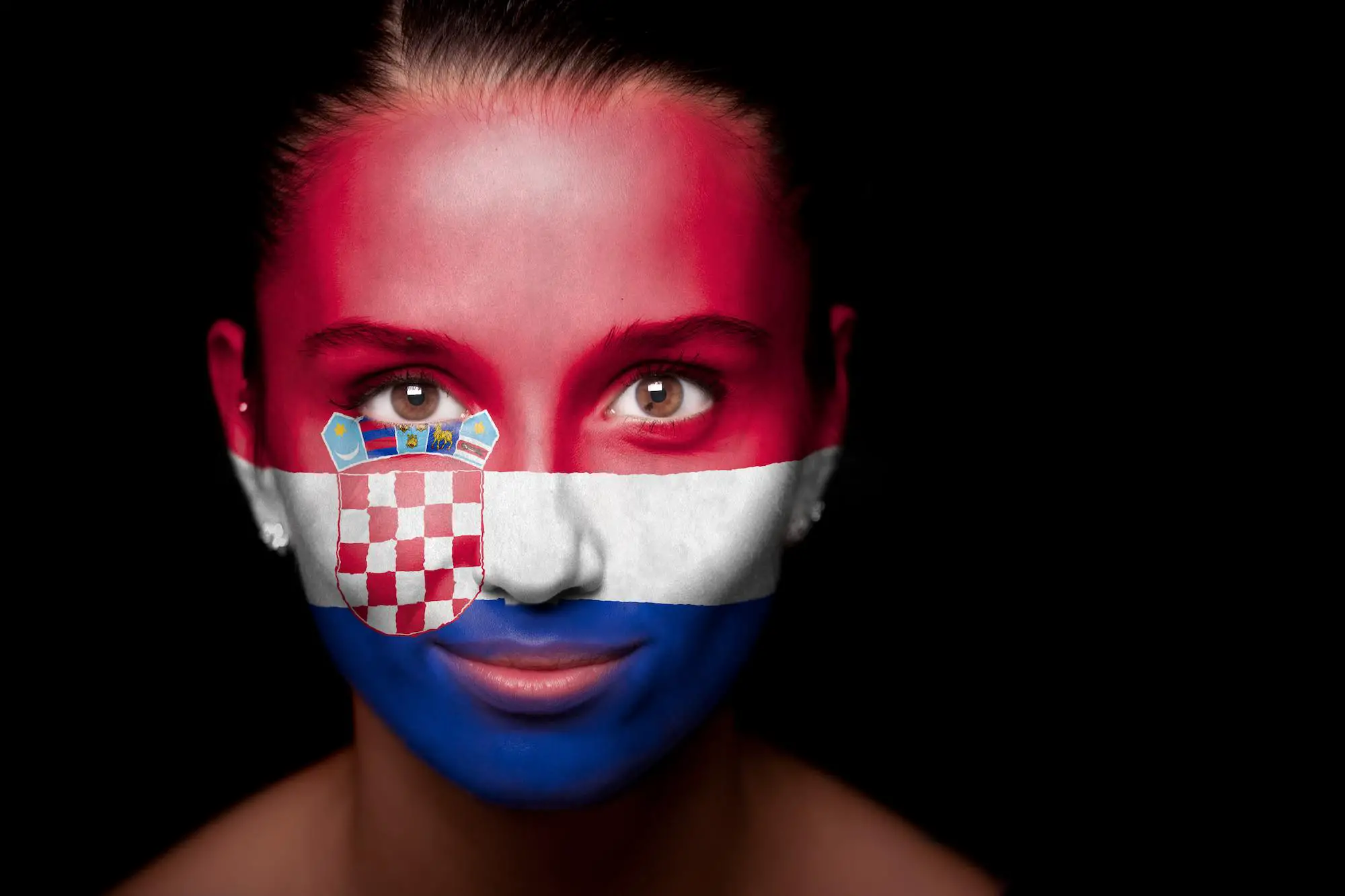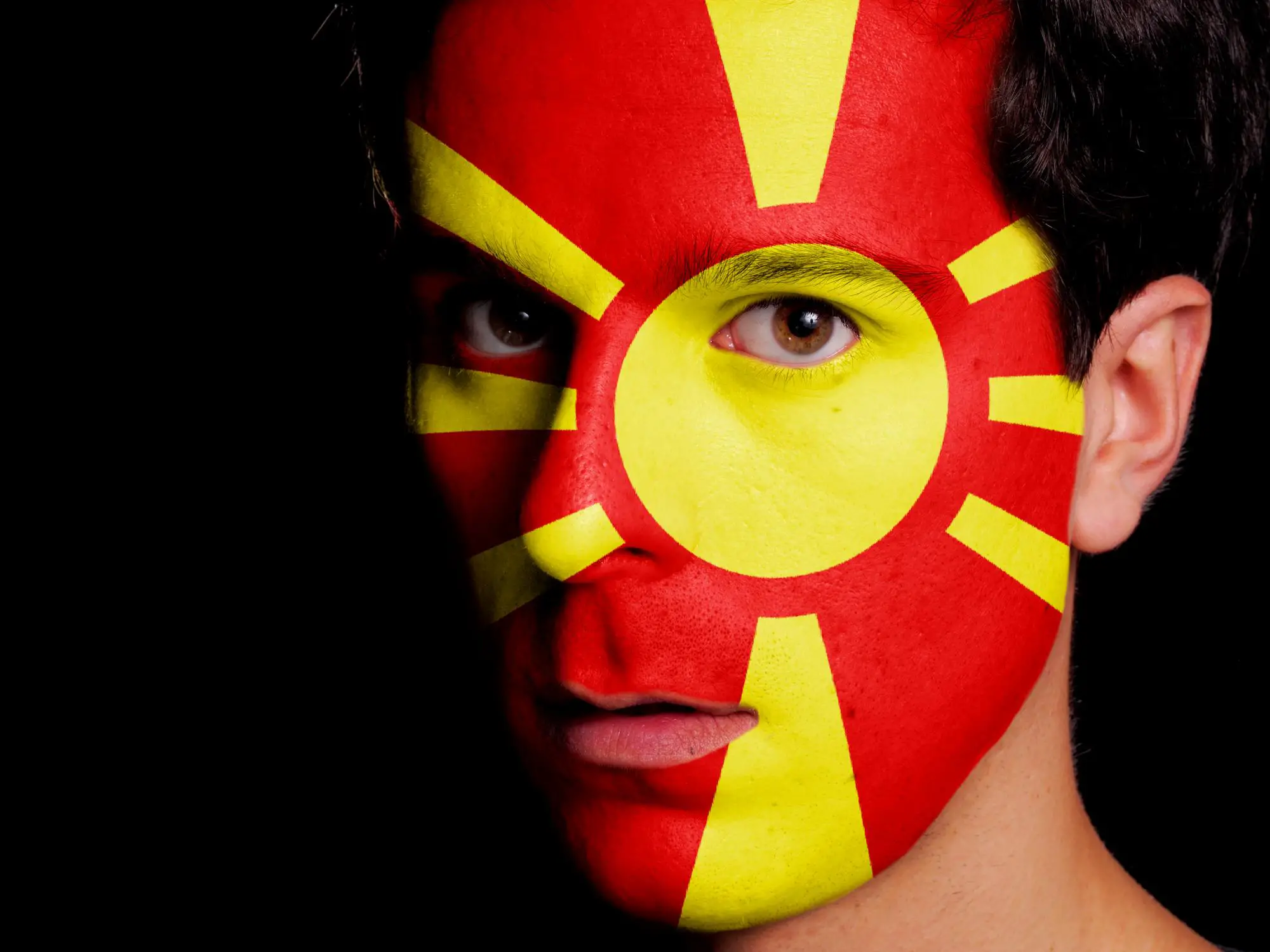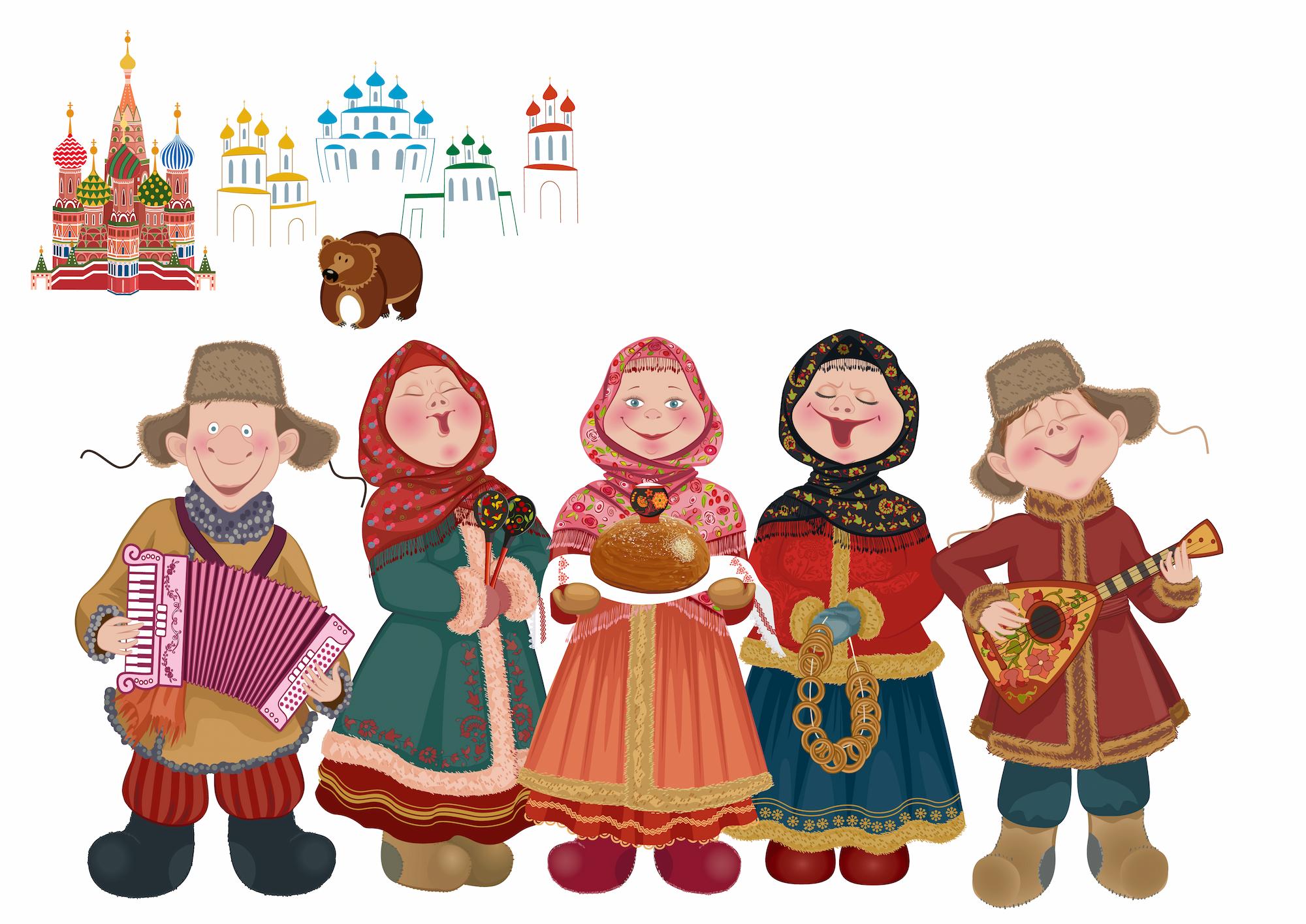Have you ever been to Sngidum? Singidunum? Alba Graeca? Beograd? The fabulous capital of Serbia, Belgrade, the “city that never sleeps” changed its name around 15 times throughout its rich history.
If you’re planning a trip to one of the oldest cities in Europe, the Balkan jewel lying on the confluence of Sava and Danube, you’re at the right place. In this article, you’ll find out more about the things to do in Belgrade, tourist sights, restaurants, culture, and nightlife.
If you’d like to explore broader Serbia, make sure to check out our article Top Things to Do in Serbia.
But for now, buckle up, we’re headed to destination Belgrade, Serbia!
Table of Contents
Top Things to Do In Belgrade, Serbia
1. Knez Mihailova Street and the Republic Square
“Let’s meet by the horse!”
If someone tells you this in Belgrade, there’s only one place you should go: the Republic Square, surrounded by the National Theatre and the National Museum that just recently reopened after 30 years. Only a couple of steps away begins the Knez Mihailova street hosting upmarket shops, fancy bars, and beautiful neoclassical houses.
Knez Mihailova street also hosts many street artists: musicians, painters, dancers, and other performers, so you’ll have a lot of fun taking a stroll down this pedestrian area.
As you reach the end of the street, you’ll run into the main entrance of the centuries-old Belgrade fortress – Kalemegdan.
2. Kalemegdan Fortress
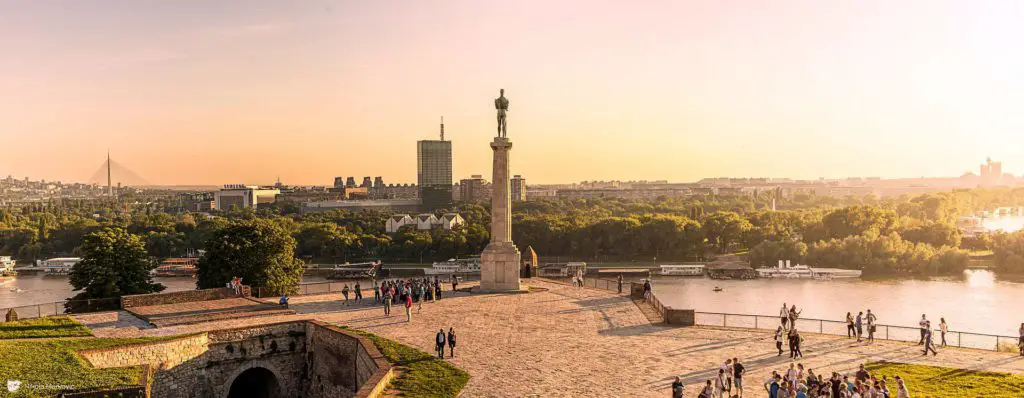
The magnificent Belgrade fortress is the oldest urban area of the city. It was built in 279 BC and reconstructed several times over the past 16 centuries. The fortress lies on the confluence of river Sava into the Danube and overlooks the Great War Island – home to many endemic species.
Visiting the Belgrade fortress and Kalemegdan park is one of the most romantic things to do in Belgrade. The fortress also hides some the finest monuments, museums, and other localities every traveler needs to see:
- The Roman Well;
- Ruzica Orthodox Church;
- Pobednik Monument;
- Monument of Gratitude to France;
- The Military Museum;
- Gallery of the Natural History Museum, and so on.
3. Skadarlija
Very near the Belgrade fortress is the bohemian car-free cobbled street, the place where both tourists and locals go with joy.
The street is home to many famous kafanas, and during the early 1900’s all famous singers, poets, musicians, actors, and writers used to spend time there. If you’d like to taste some excellent chevapi, sarma, goulash, and other famous national dishes, Skadarlijais the place to go.
4. City Under the City Tour
Like many old towns in Europe, Belgrade as well was not always what it seems today. Belgrade underground hides a network of passages, bunkers, rivers, and dungeons, many locals don’t even know about. Terazije, Tasmajdan, Kalemegdan – as you rush through these famous Belgrade localities take a moment to remember that the remains of Roman Singidunum are still hiding down there! But also, the famous bunker known as Informbiro, dating from the times of the Yugoslav-Soviet split.
Since 2005, Belgrade underground has been open for visitors to see, and for an affordable price, you can have a guided tour through its mysterious passages!
5. St. Sava Temple
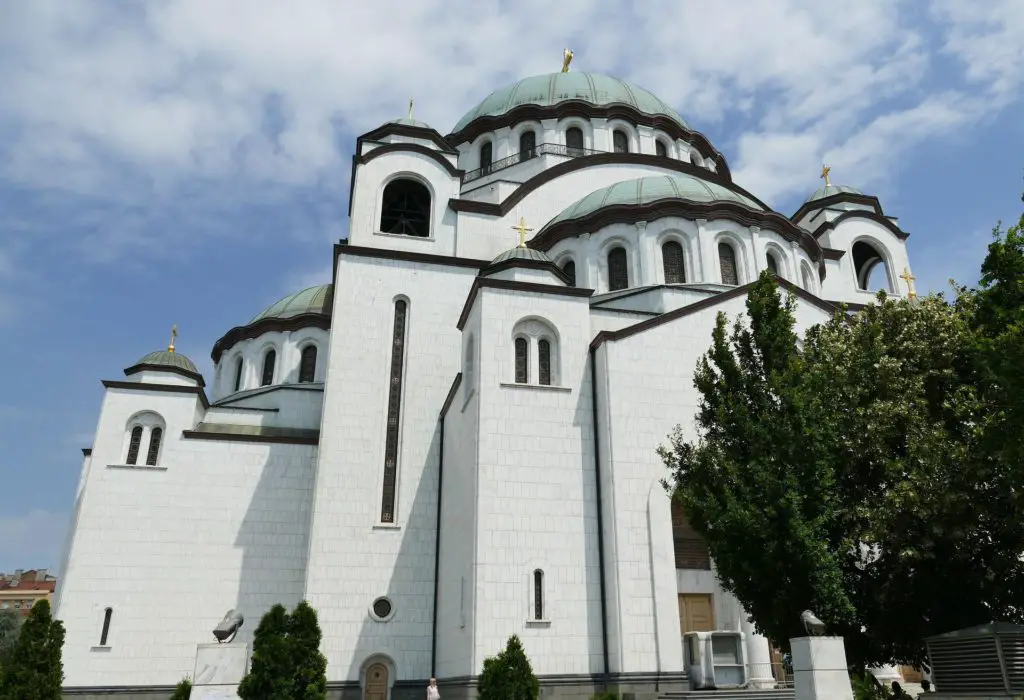
St. Sava Temple is the largest orthodox temple in Europe and the second-largest in the world. It’s located on Vracar, the place where Ottoman Grand Vizier Sinan Pasha burned St. Sava’s relics in the 16th century. The temple is not finished yet, although it is open for visitors. As the Serbian Orthodox believers take much pride in it, it’s definitely worth paying a visit.
6. Ada Ciganlija
You’re in the city center, but would like to take a swim in a lake? Go jogging? Ride a bike? Do yoga? Enjoy nature? No problem! Only a few kilometers away from you is the popular island in the Sava river, turned into a peninsula, which is now forming a lake where locals like to go and rest from the city noise.
This place is also rich with well-known night clubs, in case that’s the kind of fun you’re looking for.
7. Avala Mountain
One of the best things about Belgrade is that it’s rich with both urban life and nature. Besides visiting Ada Ciganlija, you can take a car or bus ride only 14km from the city center and pay a visit to the small Avala Mountain.
This inactive volcano has only 500m altitude, but it’s rich with history and visit-worthy landmarks, so you should probably take a whole day for a trip there. Here are some of the most interesting places to see in Avala:
Avala Tower
After taking a short hike through Avala, you will reach the symbol of Belgrade – its tower. It’s 205m high, making it the tallest building in the Balkans. The tower was destroyed during the NATO bombing of Serbia in 1999 but rebuilt and reopened in 2010. There’s a cafe at the top, where you can enjoy a majestic view of the city.
Monument to the Unknown Hero
Just a few minutes away from the Avala tower is a monumental complex, the work of the famous sculptor Ivan Mestrovic – the Monument to the Unknown Hero. It’s located in the same place where a medieval city Zhrnov used to lie. The monument erected in 1938 has 8 caryatids at its entrance wearing national costumes and representing the unity of all the people in the Kingdom of Yugoslavia.
8. Topcider Park and Museum of Yugoslav History
If you’re traveling by train, arriving all excited and wondering what to do in Belgrade first, the closest thing to the station to visit are the Topcider Park and Yugoslav History Museum.
Topcider park is a part of the largest green massif in urban Belgrade. It’s home to Beli Dvor, konak Kneza Milosa, the museum of the First Serbian Uprising, a lake with a romantic bridge, the largest London Plane, Fox’s lake, and the Topcider tunnel.
Not far from the park is the majestic Yugoslav History Museum, also called The 25th of May Museum. The museum was built by the City of Belgrade as a gift to Josip Broz Tito, for his 70th birthday, on the 25th of May 1962. On the museum’s ground is also located Tito’s resting place: The House of Flowers.
9. River Nightclubs
There’s a damn good reason why Lonely Planet pronounced Belgrade as the city with the world’s best nightlife! Clubs are located on both Sava and Danube River. When it comes to music taste, you’ll find everything. As Serbs say “From Nirvana to Silvana (famous local folk singer).” If you’re into techno music, we recommend the club 20/44, while disco lovers should pay a visit to Zappa Barka and Shlep. For a rather fancy night out we recommend Freestyler, or Hot Mess. The latter also hosts day parties and has an open pool inside.
If you’d ask young urban locals about the best things to do in Belgrade, Serbia, the answer will be only one: river nightclubs.
10. Nikola Tesla Museum
Everyone knows who the great Nikola Tesla was. But did you know that he was a Serb? If you’re a science and innovation lover, visiting Tesla’s museum is by far one of the best things to do in Belgrade.
Tesla’s museum is located in a villa in the center of the city. His ashes are held in a golden sphere and surrounded by his genius inventions. The world’s largest collection of Tesla’s inventions are located in this museum thanks to his nephew who transferred his records to this museum in Belgrade, ten years after Tesla’s death.
Since 2003, the collection has been under UNESCO’s Memory of the World protection program.
11. Gavez Club
Are you up for homemade healing rakia? Take a walk into the urban forest by River Sava and visit this family restaurant, Gavez, named after the local plant with healing effects.
Why is this restaurant special? How’s it different from other local kafanas?
Well, Gavez was opened in the summer of 1999, only three months after the NATO bombing. It all began with a series of rock concerts, and this hidden spot became an ambassador of hope that life will go back to normal.
From a big yard with a tiny house and a few benches and tables, Gavez has grown into a gathering spot for locals where they take their foreign friends with pleasure.
Gavez is still more than just a restaurant: it hosts concerts, art festivals, theatre plays, yoga classes, weddings, and even support groups!
12. Gardosh Tower and Zemun Fortress
As you probably figured out already, Belgrade is the crossroad between the Western and Oriental influences. If you take a bus to Zemun, the northern part of the city where Vojvodina prairie begins, you’ll first be surprised with the sudden change of architecture: Zemun used to be a part of the Austro-Hungarian Empire and the influence is still visible.
Gardosh Tower is a part of the old core of Zemun and located on the Zemun Fortress. It’s probably the only hill you’ll get to climb in this part of the city! Gardosh, or Millenium tower, was a part of the Millenium project that included seven monuments all over the Hungarian part of the Empire.
Although many people simply consider this tower a part of the fortress, the tower is actually 5 centuries younger: it was built in the 19th century, while the fortress dates all the way to the 9th century!
While you’re in Zemun, take a walk by the Danube along the Zemun quay, and rest your eyes watching the beautiful swans living in the river.







